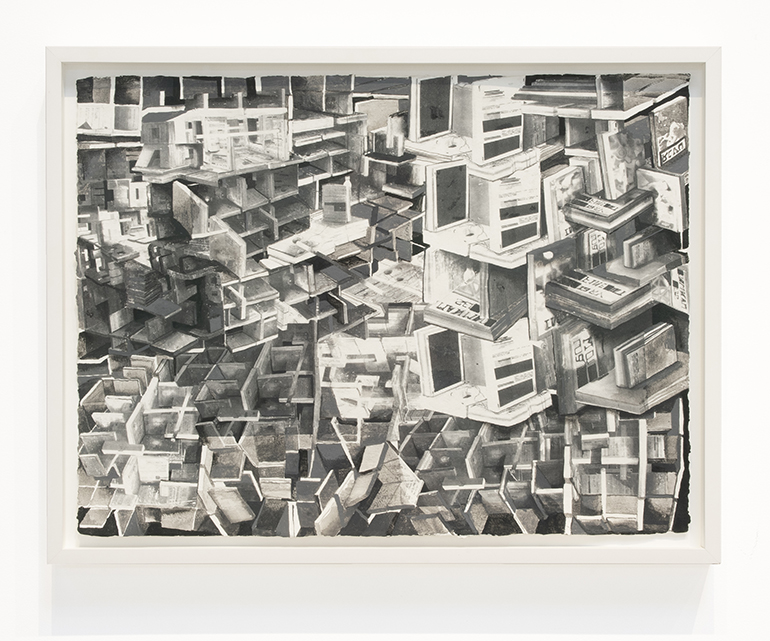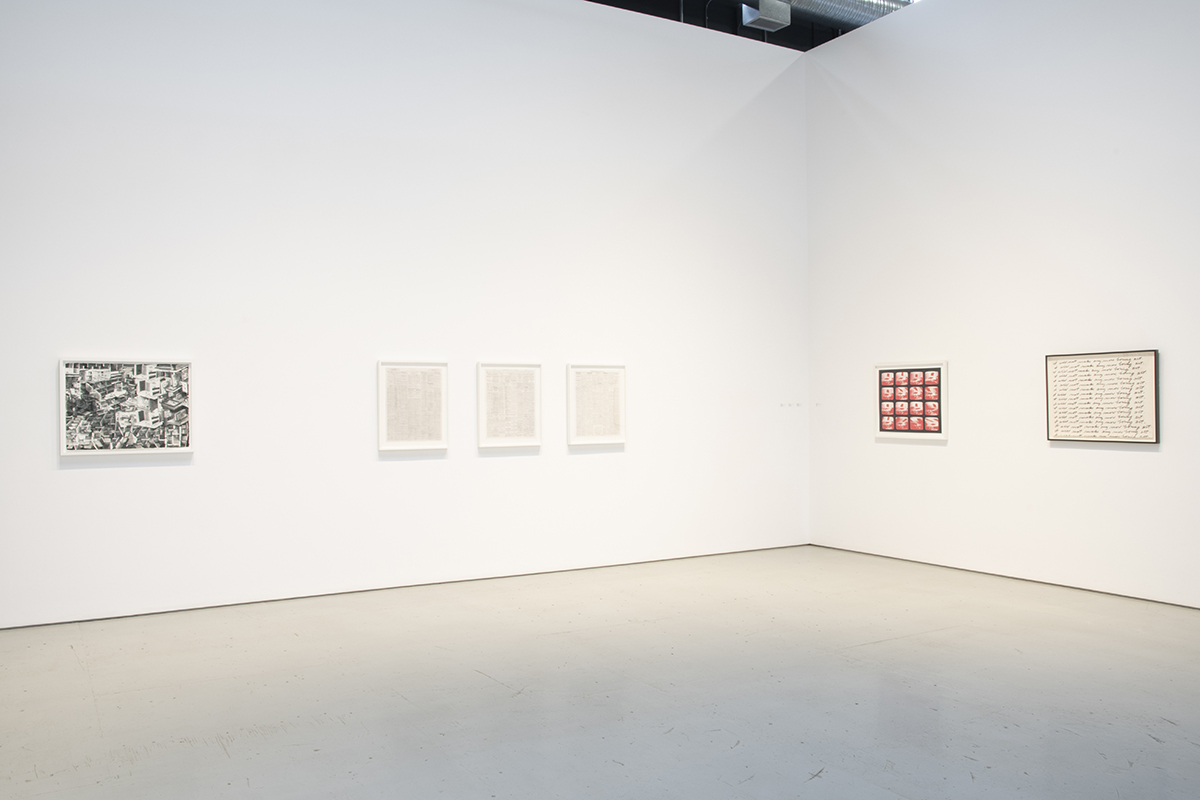Kim Dorland
Adad Hannah
Philippe Raphanel
Ben Reeves
The Estate of Jack Shadbolt
The Estate of Gordon Smith
Neil Wedman
Etienne Zack
January 28, 2020 - February 22, 2020
Featured Artists

Kim Dorland
Kim Dorland
Kim Dorland’s practice reflects a fascination with the enigmatic Canadian landscape as it comes into contact with contemporary urban experience. The psychological atmosphere represented by Dorland is confrontational and hallucinatory, disrupting conventional ideas that the natural world is a place of solace and contemplation. Using a dense matrix of intense colours, delirious textures, and passionate painterly touch, Dorland brings a paradoxical sense of displacement in which the artist’s relationship with nature is simultaneously one of awe and fear. In parallel with this, fragments of contemporary urban life materialize themselves in the form of ghostly figures and graffiti remnants. It is through these dueling representations of the landscape that Kim Dorland has created a body of work endowed with an emotional charge whose potential far exceeds the formal confines of the canvas.
View Work
Adad Hannah
Adad Hannah
Adad Hannah explores historically trenchant themes through elaborate bodies of work that include installation, video, and photography. Inspired by the historical practice of tableaux vivants (translated as “living pictures”), Hannah’s overall practice invokes the durational form of early cinema, while also making reference to early photography by mimicking paintings at a time when it was the very goal of photography to do so. Time occupies a prominent place in Hannah’s production, forged by a lasting interest in temporality and its complex relationship with photography and video. Hannah adds to this history by bridging, or blurring, the divide between the tableau in photography and its originating form as living, i.e., live picture.
View Work
Philippe Raphanel
Philippe Raphanel
For over 30 years, Philippe Raphanel’s painting practice has been marked by an awareness and sensitivity to the natural landscape. Most recently, he approaches the idea of landscape from an atmospheric perspective, using line and colour to evoke imagery related to oceanic and celestial maps. Iridescent pigments coupled with hundreds of layers of alternatingly opaque and translucent colours shift with the viewer’s position and in response to light. The process Raphanel uses to create his paintings is extremely labour-intensive, taking years to complete individual pieces.
View Work
Ben Reeves
Ben Reeves
Ben Reeves is known for his sumptuous use of paint in compositions that deftly explore the relationship between abstraction and depiction. His work is actively engaged with the theory of painting, raising questions about the authenticity of imagery, while remaining deceptively traditional. At first glance, many of his works appear to borrow generously from 19th-century realism, yet they are often meticulously conceptual. Reeves’ work continually asserts that the painted image is a vocabulary of brushstrokes, a culturally understood visual language. Dominated by thick daubs of oil paint, Reeves’ paintings command a physical presence with their relief-like impasto surfaces.
View Work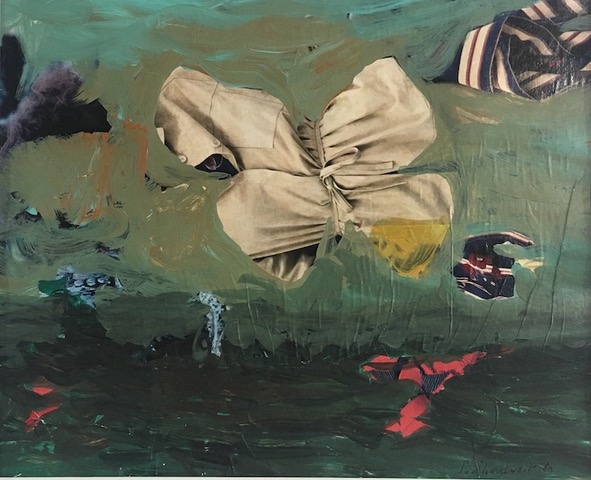
The Estate of Jack Shadbolt
The Estate of Jack Shadbolt
Jack Shadbolt (1909 – 1998) is one of Canada’s most important artists. He is known for his paintings and murals that draw from his personal experiences and from the social and political conflicts that have taken place in British Columbia and world history, such as the struggles of First Nations, the Second World War, and the environmental movement.
Jack Shadbolt was born in England in 1909 and with his family, came to Victoria, British Columbia in 1921. He lived and taught in Victoria, Duncan, Vancouver and Burnaby. His work is represented in all the major galleries across Canada as well as in corporate and private collections. Shadbolt’s numerous awards include the Order of Canada in 1972, an Honorary Degree from the University of British Columbia, and in 1987 he and his wife, art historian and curator Doris Shadbolt, established VIVA, the Vancouver Institute for Visual Arts, which supports and recognizes the achievement of artists in British Columbia.
View Work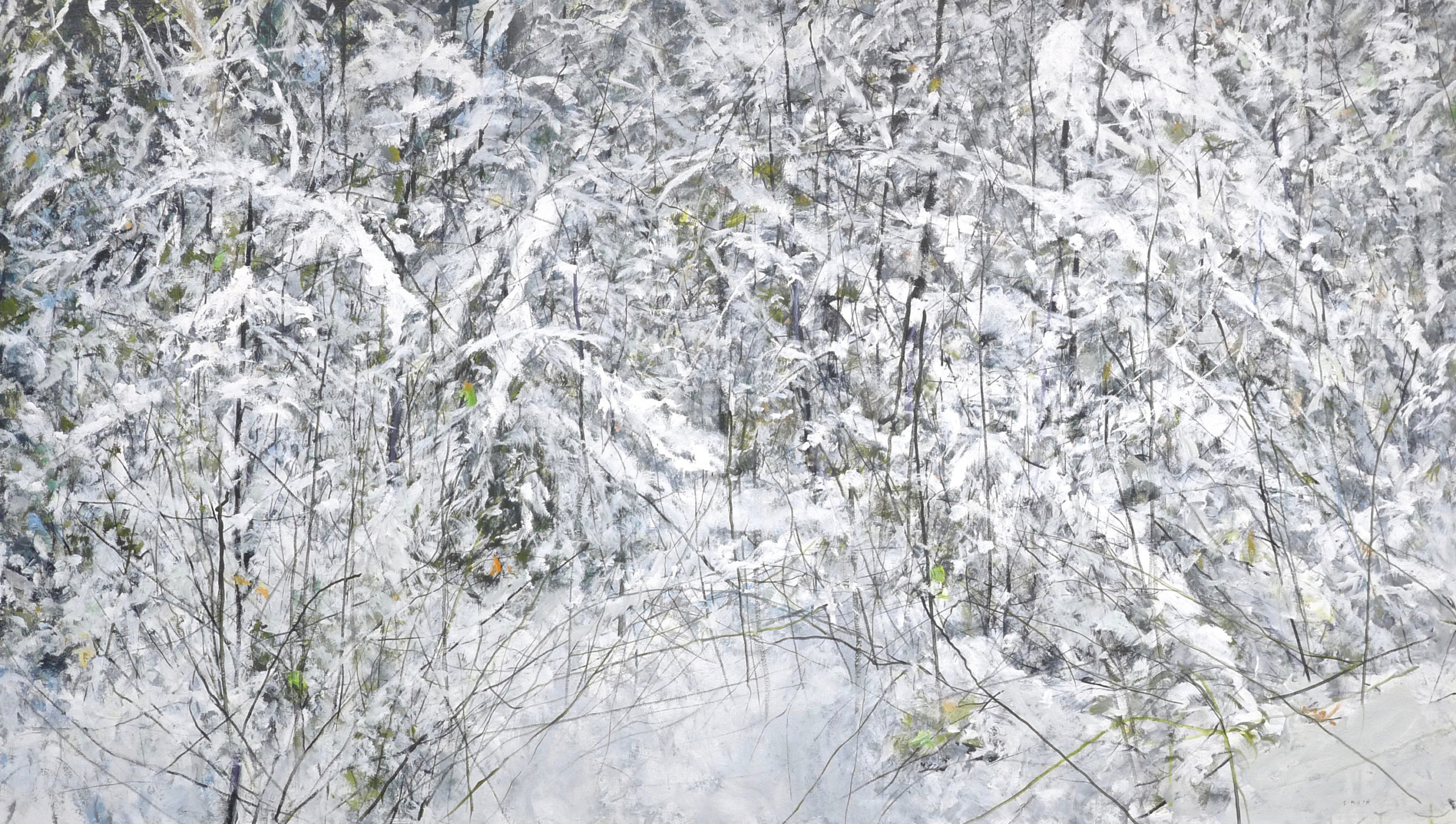
The Estate of Gordon Smith
The Estate of Gordon Smith
Gordon Smith (1919-2020) was a key figure in contemporary Canadian art. Since the 1950s, he worked continuously to expand the dialogue between abstraction and representation. In his tangled paintings, there is the insinuation of entire fields of colour below the surface. Over the course of his 75-year long career he has made paintings employing that procedure of looping and overlapping, the movement of line to line, texture into texture and colour into colour. His work has been an evolving search for balance between abstraction and his love of the land, which has given us insight into both the act of painting and the essence of the West Coast.
View Work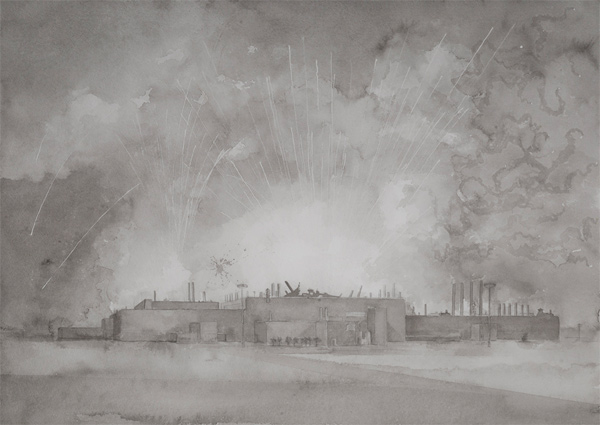
Neil Wedman
Neil Wedman
Neil Wedman takes recognizable forms aimed at achieving the appearance of photographs but fall perceptually between representation and abstraction. Wedman utilizes traditional artistic techniques to explore eccentric subjects such as exploding firework factories, desert rainbows and flying saucers. An artist of the same era as Rodney Graham and Jeff Wall, Wedman’s work has a same penchant for humour, social commentary, and deconstructing photographic art. He shares key attributes with his hometown photo-brethren and has an inclination to question the medium of photography. Wedman has produced photographs, short films, and multi-media projects, but painting stands at the core of his studio practice.
View Work
